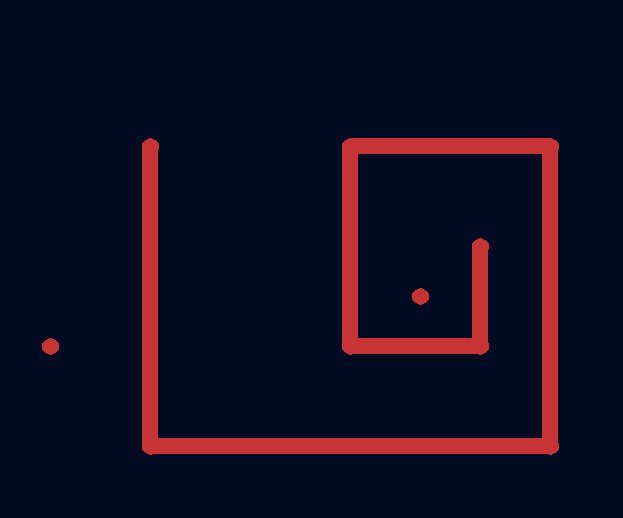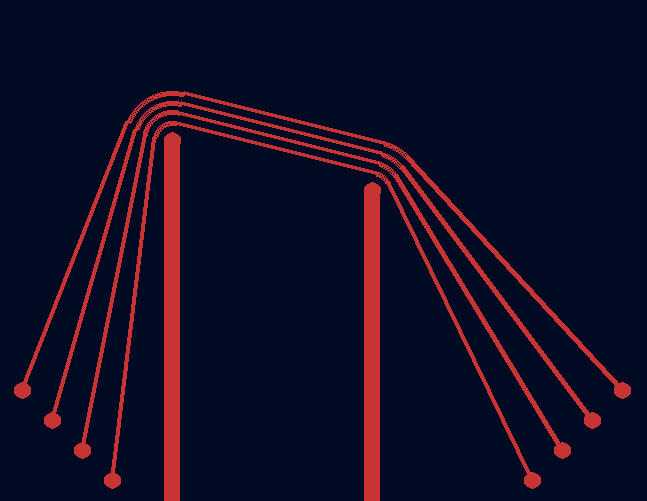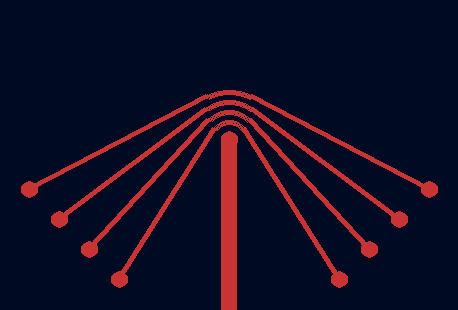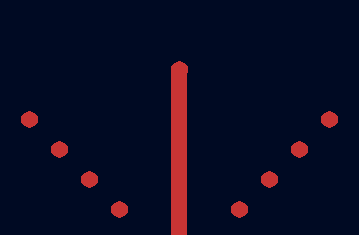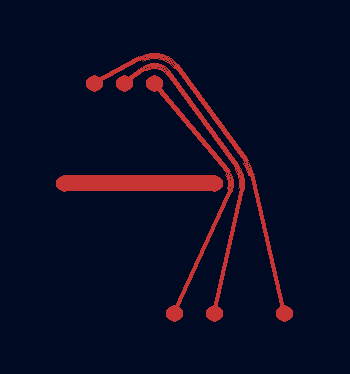mirror of https://codeberg.org/topola/topola.git
We replace all instances of `NodeIndex<usize>` in public interfaces of `Geometry` except for `.first_rail()`, for which we make a dirty exception. We also improve terminology a bit: - "joint" is renamed to "connection", - "end" is renamed to "joint", - "leg" is renamed to "limb". |
||
|---|---|---|
| .githooks | ||
| assets | ||
| src | ||
| vendor/contracts | ||
| .gitignore | ||
| Cargo.toml | ||
| LICENSE | ||
| README.md | ||
README.md
Topola
Work-in-progress interactive topological router in Rust.
The project is funded by the NLnet Foundation through the NGI0 Entrust fund.

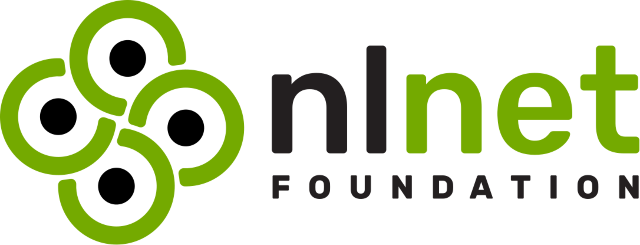
Chat
Join the official Matrix chatroom or IRC channel to talk with the developers. Both chatrooms are bridged, so it does not matter which one you join.
Contributing
Official repository on Codeberg
